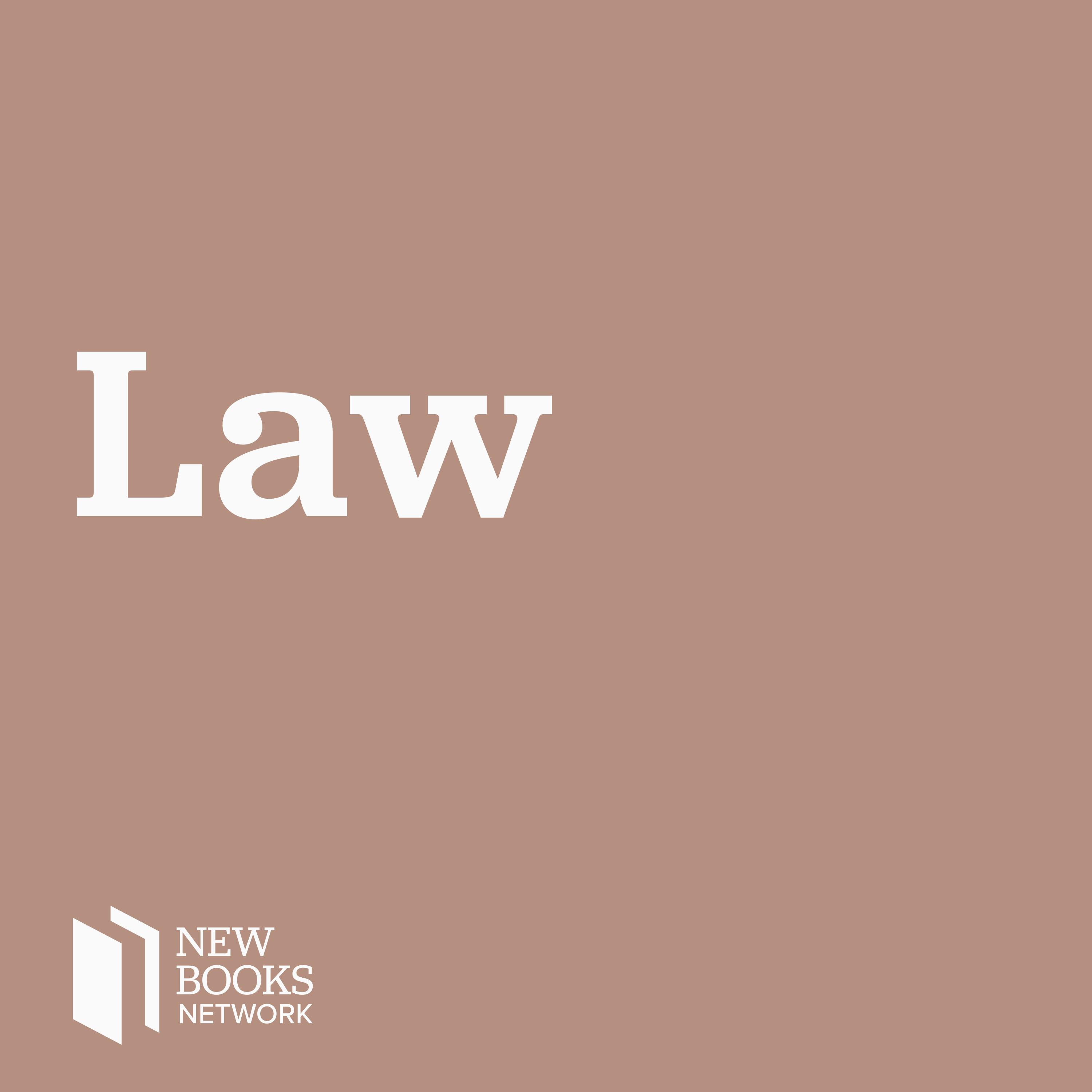Zakiya Luna, "Reproductive Rights as Human Rights: Women of Color and the Fight for Reproductive Justice" (NYU Press, 2020)

How did reproductive justice\u2014defined as the right to have children, to not have children, and to parent\u2014become recognized as a human rights issue? In\xa0Reproductive Rights as Human Rights: Women of Color and the Fight for Reproductive Justice\xa0(New York University Press, 2020),\xa0Zakiya Luna\xa0highlights the often-forgotten activism of women of color who are largely responsible for creating what we now know as the modern-day reproductive justice movement.\nFocusing on SisterSong, an intersectional reproductive justice organization, Luna shows how, and why, women of color mobilized around reproductive rights in the domestic arena. She examines their key role in re-framing reproductive rights as human rights, raising this set of issues as a priority in the United States, a country hostile to the concept of human rights at home.\nAn indispensable read,\xa0Reproductive Rights as Human Rights\xa0provides a much-needed intersectional perspective on the modern-day reproductive justice movement.\nDr. Nicole Bourbonnais is an Associate Professor of International History and Politics and Co-Director of the Gender Centre at the Graduate Institute of International and Development Studies in Geneva, Switzerland. Her research explores reproductive politics and practice from a transnational historical perspective. More info\xa0here. Twitter:\xa0@iheid_history\xa0and\xa0@GC_IHEID\nLearn more about your ad choices. Visit megaphone.fm/adchoices\nSupport our show by becoming a premium member! https://newbooksnetwork.supportingcast.fm/law